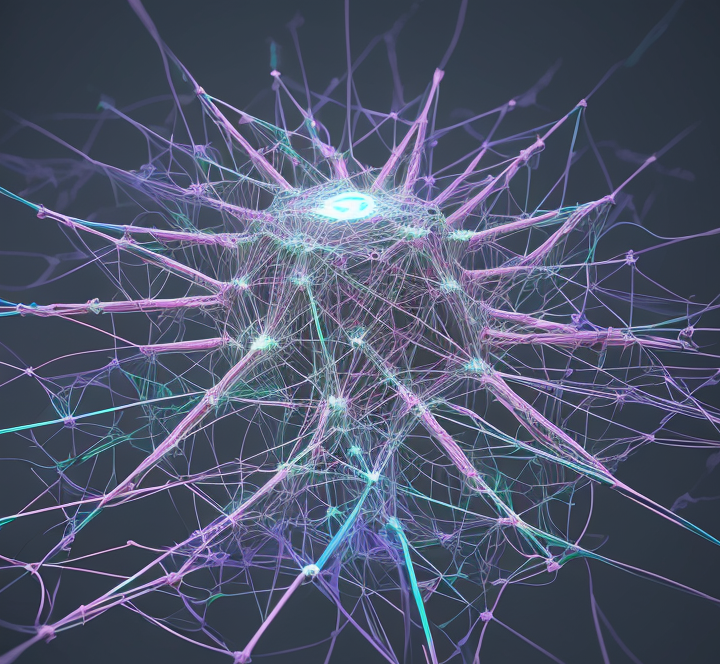I’m trying to train a machine learning model to detect if an image is blurred or not.
I have 11,798 unblurred images, and I have a script to blur them and then use that to train my model.
However when I run the exact same training 5 times the results are wildly inconsistent (as you can see below). It also only gets to 98.67% accuracy max.
I’m pretty new to machine learning, so maybe I’m doing something really wrong. But coming from a software engineering background and just starting to learn machine learning, I have tons of questions. It’s a struggle to know why it’s so inconsistent between runs. It’s a struggle to know how good is good enough (ie. when should I deploy the model). It’s a struggle to know how to continue to improve the accuracy and make the model better.
Any advice or insight would be greatly appreciated.
View all the code: https://gist.github.com/fishcharlie/68e808c45537d79b4f4d33c26e2391dd



No, it’s just a general thing that happens. Regardless of rate, some initializations start nearer to the solution. Other times you’ll see a run not really make much progress for a little while before finding the way and then making rapid progress. In the end they’ll usually converge at the same point.
So does the fact that they aren’t converging near the same point indicate there is a problem with my architecture and model design?
That your validation results aren’t generally moving in the same direction as your training results indicates a problem. The training results are all converging, even though some drop at steeper rates. You won’t expect validation to match the actual loss value of training, but the shape should look similar.
Some of this might be the y-scaling overemphasizing the noise. Since this is a binary problem (is it blurred or not), anything above 50% means it’s doing something, so a 90% success isn’t terrible. But I would expect validation to end up pretty close to training as it should be able to solve the problem in a general way. You might also benefit from looking at the class distribution of the bad classifications. If it’s all non-blurred images, maybe it’s because the images themselves are pretty monochrome or unfocused.
Ok I changed the Conv2D layer to be 10x10. I also changed the dense units to 64. Here is just a single run of that with a Confusion Matrix.
I don’t really see a bias towards non-blurred images.
I’m not sure what the issue is, but I can’t see your confusion matrix. There’s a video player placeholder, but it doesn’t load anything.
Hard to tell whether the larger convolution was a bust or not. It’s got the one big spike away from the training loss, but every other epoch is moving downward with training, which looks good. Maybe try a few more runs, and if they commonly have that spike, try to give them longer to see if that loss keeps going downward to meet the training.
For efficiency you can also increase the convolutional stride. If you’re doing a 10x10 you can move by more than one pixel each stride. Since you’re not really trying to build local structures, going 5 or 10 pixels at a time seems reasonable.
Sorry for the delayed reply. I really appreciate your help so far.
Here is the raw link to the confusion matrix: https://eventfrontier.com/pictrs/image/1a2bc13e-378b-4920-b7f6-e5b337cd8c6f.webm
I changed it to
keras.layers.Conv2D(16, 10, strides=(5, 5), activation='relu'). Dense units still at 64.And in case the confusion matrix still doesn’t work, here is a still image from the last run.
EDIT: The wrong image was uploaded originally.
The new runs don’t look good. I wouldn’t have expected a half-width stride to cause issues though.
Are you sure the confusion matrix for the validation set? It doesn’t match a ~90% accuracy (previous solo run) or ~70-80% accuracy for the validation in the new runs.
So someone else suggested to reduce the learning rate. I tried that and at least to me it looks a lot more stable between runs. All the code is my original code (none of the suggestions you made) but I reduced the learning rate to 0.00001 instead of 0.0001.
Not quite sure what that means exactly tho. Or if more adjustments are needed.
As for the confusion matrix. I think the issue is the difference between smoothed values in TensorBoard vs the actual values. But I just ran it again with the previous values to verify. It does look like it matches up if you look at the actual value instead of the smoothed value.
Yeah, that’s looking a lot better. Too high learning rate is something I usually expect to see represented in an erratic training curve rather than (or I guess in addition to) an erratic validation curve though.
The learning rate is basically a measure of how big a step you’re going to take when trying to update your weights. If it’s large you’ll approach solutions quickly but are likely to overshoot, if it’s small you’ll approach slowly and may end up stuck in a local minima as the step might be too small to leave it so every attempt will always be reversed by further training. IIRC, you had a decay to start high and get lower, which tries to get the best of both worlds, but it may have been that it started too high and/or didn’t reduce quickly enough. The “steps” parameter there is counting in batches of images, so you’re probably not getting much movement in 6 epochs. It looks like changing the initial rate solved your problem though, so there’s not much reason to try to tweak that. Something to keep in mind for future efforts though.
And yeah, I wasn’t looking at the unsmoothed data. That is quite a lot of variation.